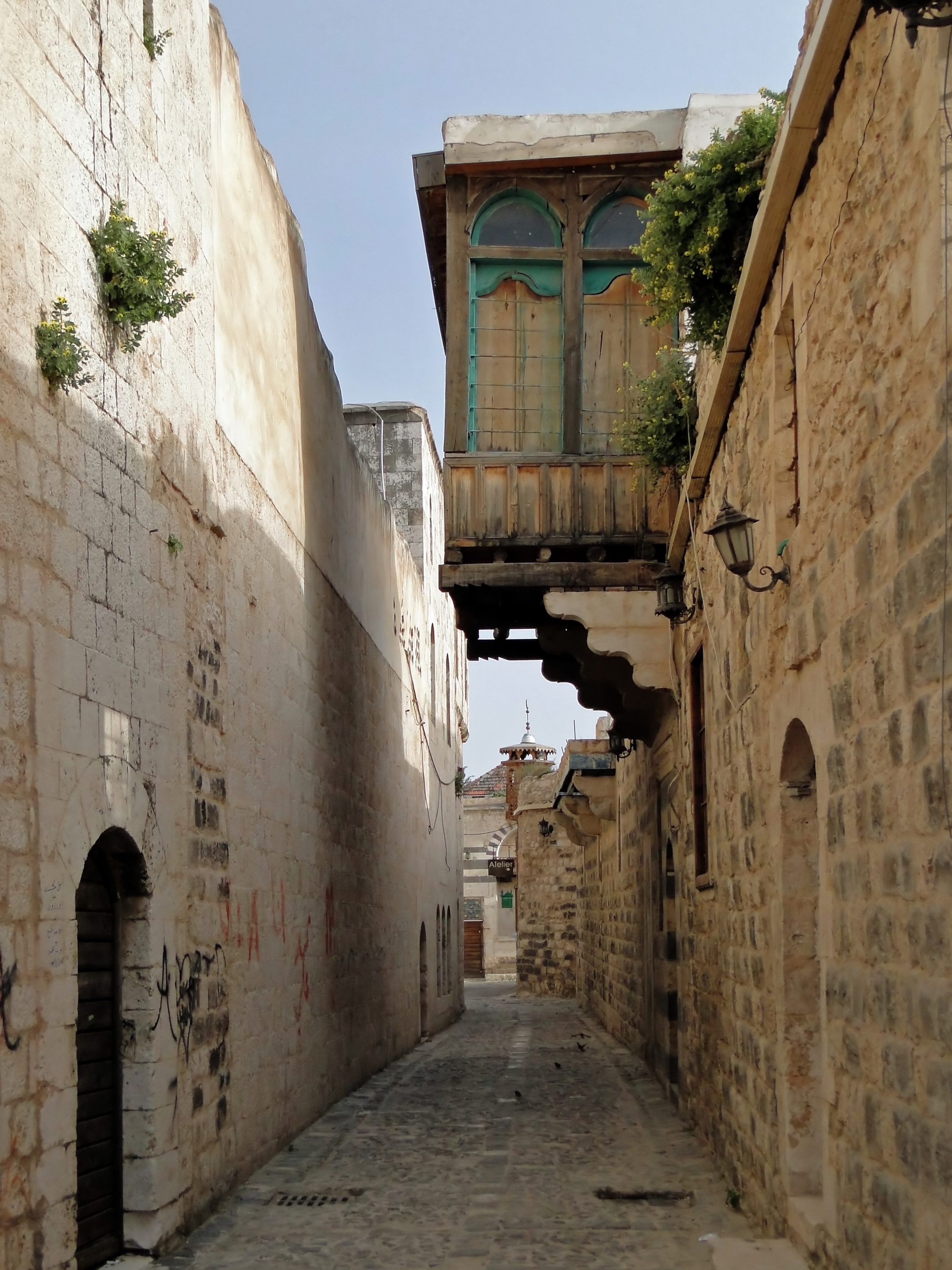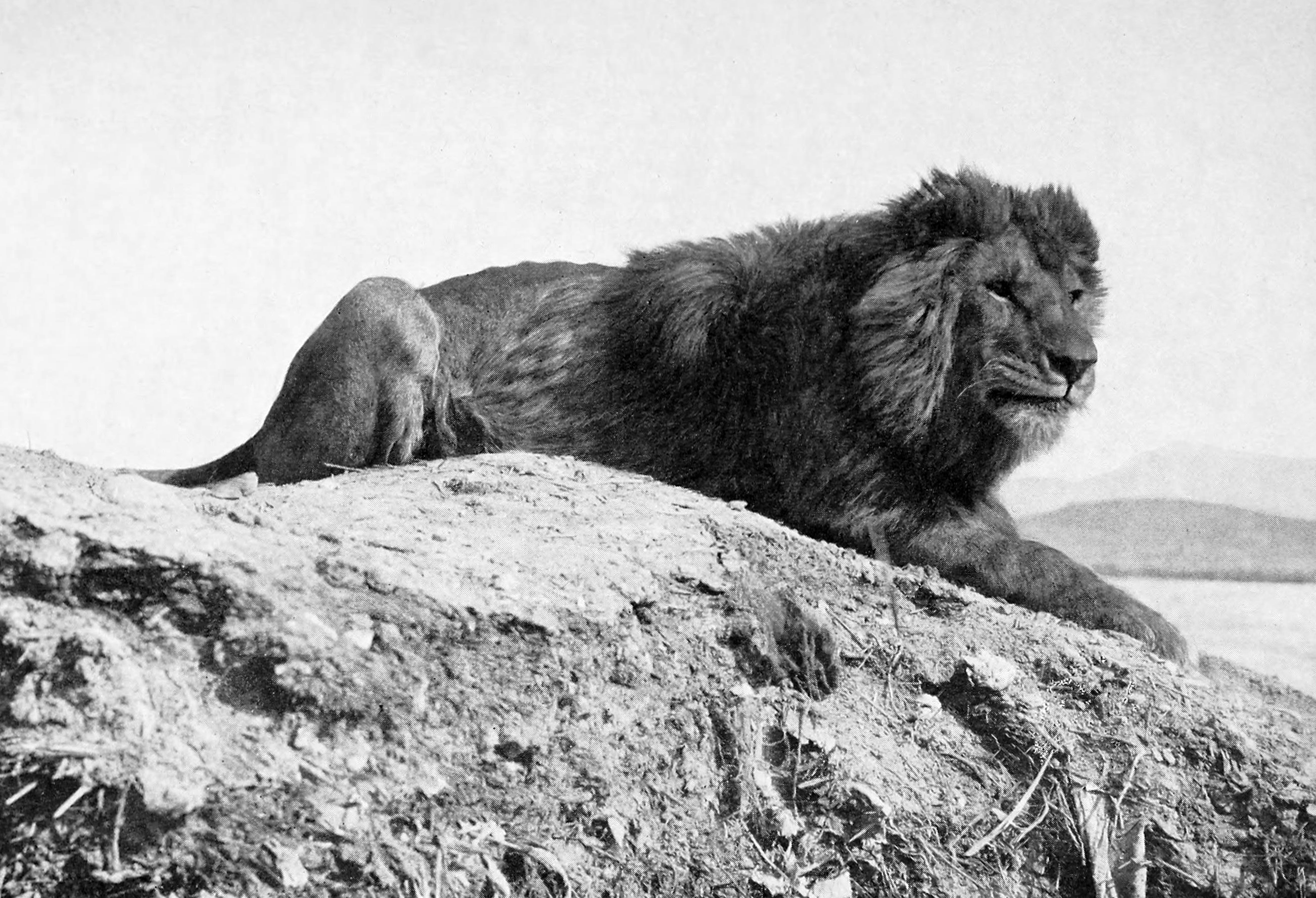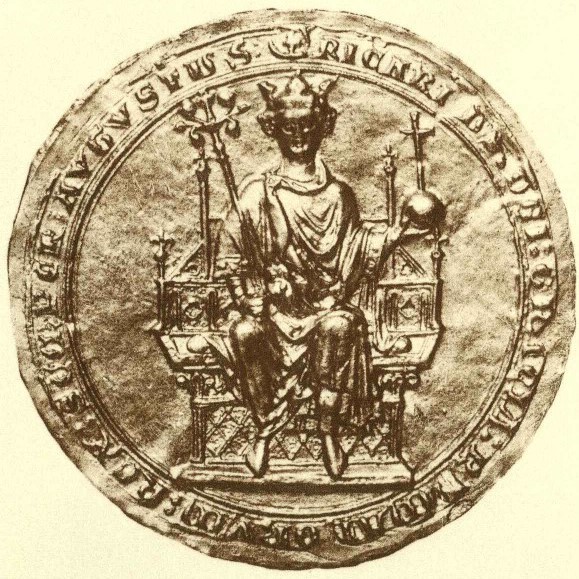|
Ibn Al-Sharīf Dartarkhwān Al-‘Ādhilī
Alī ibn Muḥammad ibn al-Riḍā ibn Muḥammad al-Ḥusaynī al-Musāwī al-Ṭūsī, also known as Ibn al-Sharīf Dartarkhwān al-Ādhilī (b. 589 AH/1193 CE in Ḥamāh, Syria; d. 655 AH/1257 CE), was a poet. He is noted as the author of the ''Alf jāriyah wa-jāriyah'' ('one thousand and one slave-women'), which survives in one manuscript of 255 folios, now in the Austrian National Library. The work seems to have been a sequel to the same author's ''Alf ghulām wa-ghulām'' ('one thousand and one male slaves'), now lost; ''Alf jāriyah wa-jāriyah'' comprises eight chapters of short poems in the epigrammatic form known as ''Maqṭūʿ, maqṭū'' (pl. ''maqāṭī''). Examples The following examples come from the sixth chapter of ''Alf jāriyah wa-jāriyah'', in which each three-verse epigram celebrates the women of a different city of the Islamic world. This example is in the ''sarīʿ'' metre:Jürgen W. Weil,Girls from Morocco and Spain: Selected Poems from an ''adab'' Col ... [...More Info...] [...Related Items...] OR: [Wikipedia] [Google] [Baidu] |
Ḥamāh
Hama ( ', ) is a city on the banks of the Orontes River in west-central Syria. It is located north of Damascus and north of Homs. It is the provincial capital of the Hama Governorate. With a population of 996,000 (2023 census), Hama is one of the List of cities in Syria, four largest cities in Syria, with Damascus, Aleppo and Homs, Also notably being the only Governorate with no land borders with any foreign countries, Hama is also known for its Cheese-making tradition, notably reflected in a signature local dessert Halawet el Jibn. The city is renowned for Norias of Hama, its seventeen norias used for watering the gardens, Which are claimed to date back to 1100 BC. Though historically used for irrigation, the norias today are purely for show for the local population. History The ancient settlement of Hamath was occupied from the early Neolithic to the Iron Age. Neolithic The stratigraphy is very generalized, which makes detailed comparison to other sites difficult. Level M ... [...More Info...] [...Related Items...] OR: [Wikipedia] [Google] [Baidu] |
Maqṭūʿ
''Maqṭūʿ'' () or ''maqṭūʿah'' (plural ''maqāṭīʿ'') is a form of Arabic poetry. ''Maqāṭīʿ'' are epigrammatic: brief and generally witty. In the view of Adam Talib, the genre has been underrated by Western scholars, partly because of the low regard for extremely short verse forms in Western traditions.Adam Talib, ''How Do You Say “Epigram” in Arabic? Literary History at the Limits of Comparison'', Brill Studies in Middle Eastern Literatures, 40 (Leiden: Brill, 2018); . Form ''Maqṭūʿ'' poems are mostly of two lines, but occasionally as short as one or as many as ten; they are composed in the classical metres of Arabic prosody and are characterised by a premise-exposition-resolution structure, frequently including pun, play on words and double entendre. Popular subject matter in the genre includes people (with the final hemistich mentioning their name), ekphrasis (making such poems part of the ''waṣf'' genre), Arabic riddles, riddles and chronograms. Example ... [...More Info...] [...Related Items...] OR: [Wikipedia] [Google] [Baidu] |
Sarīʿ
(, ) or () is the study of poetic meters, which identifies the meter of a poem and determines whether the meter is sound or broken in lines of the poem. It is often called the ''Science of Poetry'' (, ). Its laws were laid down by Al-Khalīl ibn Aḥmad al-Farāhīdī (d. 786), an early Arab lexicographer and philologist. In his book (), which is no longer extant, he described 15 types of meter. Later Al-Akhfash al-Akbar described a 16th meter, the . Following al-Khalil, the Arab prosodists scan poetry not in terms of syllables but in terms of vowelled and unvowelled letters, which were combined into larger units known as or "peg" (pl. ) and "cord" (pl. ). These larger units make up feet (, pl. ). Western prosodists, on the other hand, usually analyse the meters in terms of syllables, which can be long (–), short (u) and ''anceps'' (x), that is, a syllable which can be optionally long or short. Certain meters also have ''biceps'' positions where a pair of short syllables ... [...More Info...] [...Related Items...] OR: [Wikipedia] [Google] [Baidu] |
Meknès
Meknes (, ) is one of the four Imperial cities of Morocco, located in northern central Morocco and the sixth largest city by population in the kingdom. Founded in the 11th century by the Almoravids as a military settlement, Meknes became the capital of Morocco during the reign of Sultan Ismail Ibn Sharif (1672–1727), son of the founder of the Alaouite dynasty. Sultan Ismail created a massive imperial palace complex and endowed the city with extensive fortifications and monumental gates. The city recorded a population of 632,079 in the 2014 Moroccan census. It is the seat of Meknès Prefecture and an important economic hub in the region of Fès-Meknès. Etymology Meknes is named after an Amazigh (Berber) tribe historically known as the Miknasa ( in Amazigh languages). History Early history (8th–16th centuries) Volubilis, a major Roman-era settlement in Morocco and one of its early urban centres, is located near the site of the current city of Meknes. The current city and i ... [...More Info...] [...Related Items...] OR: [Wikipedia] [Google] [Baidu] |
Oran
Oran () is a major coastal city located in the northwest of Algeria. It is considered the second most important city of Algeria, after the capital, Algiers, because of its population and commercial, industrial and cultural importance. It is west-southwest from Algiers. The total population of the city was 803,329 in 2008, while the metropolitan area has a population of approximately 1,500,000, making it the second-largest city in Algeria. Etymology The word ''Wahran'' comes from the Berber expression ''wa - iharan'' (place of lions). A locally popular legend tells that in the period around AD 900, there were sightings of Barbary lions in the area. The last two lions were killed on a mountain near Oran, and it became known as ''la montagne des lions'' ("The Mountain of Lions"). Two giant lion statues stand in front of Oran's city hall, symbolizing the city. History Overview During the Roman Empire, a small settlement called ''Unica Colonia'' existed in the area of the current ... [...More Info...] [...Related Items...] OR: [Wikipedia] [Google] [Baidu] |
Wāfir
Wāfir (, literally 'numerous, abundant, ample, exuberant') is a meter used in classical Arabic poetry. It is among the five most popular metres of classical Arabic poetry, accounting (alongside '' ṭawīl'', '' basīṭ'', '' kāmil'', and '' mutaqārib'') for 80-90% of lines and poems in the ancient and classical Arabic corpus. Form The metre comprises paired hemistichs of the following form (where "–" represents a long syllable, "u" a short syllable, and "uu" one long or two shorts): :, u – uu – , u – uu – , u – – , Thus, unlike most classical Arabic metres, ''wāfir'' allows the poet to substitute one long syllable for two shorts, an example of the prosodic element known as a ''biceps''. Thus allows ''wāfir'' lines to have different numbers of syllables from each other, a characteristic otherwise only found in '' kāmil'', '' mutadārik'' and some forms of ''basīṭ''. ''Wāfir'' is traditionally represented with the mnemonic (''tafāʿīl'') ' (). Histo ... [...More Info...] [...Related Items...] OR: [Wikipedia] [Google] [Baidu] |
Sevilla
Seville ( ; , ) is the capital and largest city of the Spanish autonomous community of Andalusia and the province of Seville. It is situated on the lower reaches of the River Guadalquivir, in the southwest of the Iberian Peninsula. Seville has a municipal population of about 701,000 , and a metropolitan population of about 1.5 million, making it the largest city in Andalusia and the fourth-largest city in Spain. Its old town, with an area of , contains a UNESCO World Heritage Site comprising three buildings: the Alcázar palace complex, the Cathedral and the General Archive of the Indies. The Seville harbour, located about from the Atlantic Ocean, is the only river port in Spain. The capital of Andalusia features hot temperatures in the summer, with daily maximums routinely above in July and August. Seville was founded as the Roman city of . Known as ''Ishbiliyah'' after the Islamic conquest in 711, Seville became the centre of the independent Taifa of Seville foll ... [...More Info...] [...Related Items...] OR: [Wikipedia] [Google] [Baidu] |
Ṭūs
Tus () was an ancient city in Khorasan near the modern city of Mashhad, Razavi Khorasan province, Iran. To the ancient Greeks, it was known as Susia (). It was also known as Tusa. The area now known as Tus was divided into four cities, Tabran, Radakan, Noan and Teroid, which in combination formed largest city in the region in the fifth century. History According to legend Tous son of Nowzar founded the city of Tous in the province of Khorassan next to today's city of Mashhad. It is said that the city of Tous was the capital of Parthia and the residence of King Vishtaspa, who was the first convert to Zoroastianism. It was captured by Alexander the Great in 330 BCE, and became a key waypoint on the Silk Road. Tus was taken by the Umayyad caliph Abd al-Malik and remained under Umayyad control until 747, when a subordinate of Abu Muslim Khorasani defeated the Umayyad governor during the Abbasid Revolution. In 809, the Abbasid Caliph Harun al-Rashid fell ill and died in Tus ... [...More Info...] [...Related Items...] OR: [Wikipedia] [Google] [Baidu] |
1193 Births
Year 1193 ( MCXCIII) was a common year starting on Friday of the Julian calendar. Events By place Levant * March 4 – Saladin (the Lion) dies of a fever at Damascus. The lands of the Ayyubid Dynasty of Syria and Egypt are split among his relatives. During his reign, he briefly unites the Muslim world, and drives the Crusaders out of Jerusalem to a narrow strip of coast. At the time of his death, Saladin has seventeen sons and one little daughter. Al-Afdal succeeds his father as ruler (''emir'') of Damascus, and inherits the headship of the Ayyubid family. His younger brother, the 22-year-old Al-Aziz, proclaims himself as independent sultan of Egypt. Al-Zahir receives Aleppo (with lands in northern Syria), and Turan-Shah receives Yemen. The other dominions and fiefs in the Oultrejordain (also called Lordship of Montréal) are divided between his sons and the two remaining brothers of Saladin. * May – The Pisan colony at Tyre plots to seize the city, and ha ... [...More Info...] [...Related Items...] OR: [Wikipedia] [Google] [Baidu] |
1257 Deaths
Year 1257 ( MCCLVII) was a common year starting on Monday of the Julian calendar. Events By place Europe * January 13 – At the first recorded meeting of the college of the seven Electors of the Holy Roman Empire, the 48-year-old Richard of Cornwall (the brother of King Henry III of England) is elected King of the Romans. He is crowned at Aachen, on May 17. His candidacy is opposed by King Alfonso X of Castile ("the Wise"), Pope Alexander IV and King Louis IX of France ("the Saint") who favour Alfonso, but both are ultimately convinced by Richard's sister-in-law, Queen Eleanor of Provence, to support Richard. * Spring – The Epirote–Nicaean conflict (1257–59) begins between the Despotate of Epirus and the Empire of Nicaea. Despot Michael II Komnenos Doukas revolts and defeats the Nicaean army under George Akropolites. The Epirote and Serbian forces join their attacks against Michael, who sends his forces into Macedonia and marches on to Thessalonica. In ... [...More Info...] [...Related Items...] OR: [Wikipedia] [Google] [Baidu] |
Arabic Anthologies
Arabic (, , or , ) is a Central Semitic language of the Afroasiatic language family spoken primarily in the Arab world. The International Organization for Standardization (ISO) assigns language codes to 32 varieties of Arabic, including its standard form of Literary Arabic, known as Modern Standard Arabic, which is derived from Classical Arabic. This distinction exists primarily among Western linguists; Arabic speakers themselves generally do not distinguish between Modern Standard Arabic and Classical Arabic, but rather refer to both as ( "the eloquent Arabic") or simply ' (). Arabic is the third most widespread official language after English and French, one of six official languages of the United Nations, and the liturgical language of Islam. Arabic is widely taught in schools and universities around the world and is used to varying degrees in workplaces, governments and the media. During the Middle Ages, Arabic was a major vehicle of culture and learning, especially ... [...More Info...] [...Related Items...] OR: [Wikipedia] [Google] [Baidu] |
13th-century Arabic-language Books
The 13th century was the century which lasted from January 1, 1201 (represented by the Roman numerals MCCI) through December 31, 1300 (MCCC) in accordance with the Julian calendar. The Mongol Empire was founded by Genghis Khan, which stretched from Eastern Asia to Eastern Europe. The conquests of Hulagu Khan and other Mongol invasions changed the course of the Muslim world, most notably the Siege of Baghdad (1258) and the destruction of the House of Wisdom. Other Muslim powers such as the Mali Empire and Delhi Sultanate conquered large parts of West Africa and the Indian subcontinent, while Buddhism witnessed a decline through the conquest led by Bakhtiyar Khilji. The earliest Islamic states in Southeast Asia formed during this century, most notably Samudera Pasai Sultanate, Samudera Pasai. The Kingdoms of Sukhothai Kingdom, Sukhothai and Hanthawaddy Kingdom, Hanthawaddy would emerge and go on to dominate their surrounding territories. Europe entered the apex of the High Middle ... [...More Info...] [...Related Items...] OR: [Wikipedia] [Google] [Baidu] |






